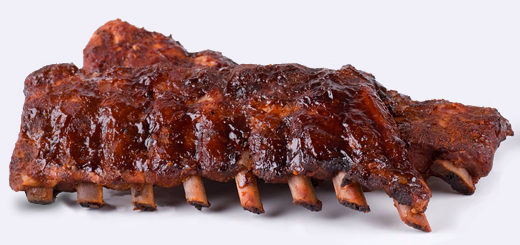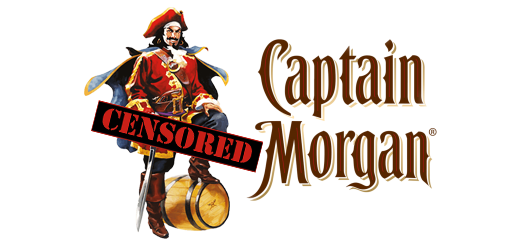OTTAWA — The Canadian Ministry of Transportation recently enacted new regulations and harsher penalties for distracted driving. It also issued revisions to several laws regarding the passing of cyclists, tow trucks, emergency responders and school buses. Other sweeping changes address inclement weather speed limits, collision safety sensors and airbags, the use of cameras and head-up displays, tighter emissions standards, increased VAT on imports, and lifetime licensing.
The new laws go into effect at midnight on September 1 nationwide. Such an extensive transport regulatory overhaul has not been attempted since the Liberal Party’s moderate successes during the 21st Parliament in February, 1953.
As part of the changes, new road signage will appear starting in September in Manitoba, Ontario, Quebec and Saskatchewan. The remaining provinces follow suit on October 15. The MOT mandates full compliance by the end of this calendar year.
Also, a new group of standard yellow and black, rectangular signs that designate areas particularly susceptible to predator encounters will appear for the first time on Canadian roads. For motorists, warnings of bears, cougars, wolves, wolverines, lynxes—and even the Eastern Massasauga rattlesnake—will enter service for the first time. For watercraft, similar signs admonish operators to be on the lookout for leatherback sea-turtles, orcas and several species of shark.
Without exception, all of the signs were well-received in both British Columbia and Newfoundland over the course of the two-year pilot program. With federal special infrastructure project funding, federal and provincial governmental agencies worked in conjunction with researchers from McGill University’s Department of Civil Engineering and Applied Mechanics. The results of the trial proved so overwhelmingly positive that the Ministry of Transportation greenlit full-scale implementation a mere nine days after the oversight committee read the official report.
Such swift action is practically unheard of in Ottawa, and since no good deed goes unpunished in politics, it was only a matter of time before it all began to unravel. One traffic sign in particular unexpectedly generated colossal controversy, promulgated ceaselessly by a most unlikely coalition of conservative Christians, Jews and Muslims in Campbell River, B.C.
Once the national news outlets reported the story, the Canadian government recognized that it had a nasty public relations disaster on its hands. The sign in question, which depicts a devious and well-camouflaged, (sub)urban predator, was designed to appear exclusively in the creature’s preferred habitat, principally near schools, parks, swimming pools, malls and youth facilities.
The dissenting group—which calls itself the “Rod of God,” or RoG—has sued the Crown for allegedly violating community decency standards and exceeding its authority. Indeed, Canada’s Constitution Act of 1867 stipulates that provinces and territories have exclusive jurisdiction over the construction and maintenance of national highways. Likewise, municipal governments control all their respective local and municipal roads.
On this basis, RoG seeks an injunction to bar the compulsory adoption of the offensive signage until the matter is settled in court. Federal judge Justice M. O’Lester will preside over what should prove to be a watershed case. At stake are federal versus provincial powers—some would say local self-determination versus Big Brother—and the status of religiously derived sensibilities pitted against the tenets of secularist realism in modern Canadian society.





